The Royal Navy say it is pushing the boundaries of its autonomous technology and uncrewed systems during Exercise REPMUS in Troia, southern Portugal.
The annual NATO wargames, co-hosted by Portugal, provide a testing ground for the Royal Navy’s new autonomous aircraft and vessels.
This year, the Royal Navy’s contribution is its largest yet, as they trial a wide range of autonomous vehicles, drones, and other uncrewed systems in collaboration with 25 allied nations.
More than 200 personnel from the UK’s Royal Navy, Ministry of Defence, and defence industry are participating alongside US and Australian forces, the latter of which is contributing remotely. The exercise aims to transition these advanced technologies from testing phases to real-world operational integration, particularly in intelligence, surveillance, and reconnaissance roles.
Rear Admiral James Parkin, Director Develop of the Royal Navy, highlighted the importance of this year’s exercise, stating in the Royal Navy announcement, “This year is by far the biggest Exercise REPMUS, and the strongest ever Royal Navy contribution to this important event.” He added, “The successes already experienced, including proving the ability of all three AUKUS navies to command and control vessels on the other side of the world in a tactically-realistic scenario, show how close we are to realising our ambition of a genuine team of crewed and uncrewed systems.”
A variety of technologies are being put through their paces, including the autonomous Pacific 24 RHIB, hand-launched mini quadcopters, uncrewed surface vessels, and advanced surveillance drones such as the Peregrine, Puma, and Ebee Vision. These systems are being tested from the Royal Navy’s experimentation vessel XV Patrick Blackett, which serves as a launch platform for the drones and as a control hub for the autonomous systems.
For the first time, this exercise also contributes to the UK’s AUKUS defence partnership with Australia and the US, providing a testing ground for the trilateral Maritime Big Play initiative. This effort seeks to improve capability development and interoperability between the three nations through the use of uncrewed systems and autonomous technology.
During the exercise, the Royal Navy will trial these technologies in various operational scenarios, including anti-submarine warfare and the protection of critical underwater infrastructure like data cables, a key priority given their role in global supply chains.
Exercise REPMUS is not just a platform for the Royal Navy to test its existing technologies but also allows defence companies and innovation centres across NATO to trial their systems in a real-world environment, proving their compatibility with allied ships, aircraft, and submarines.


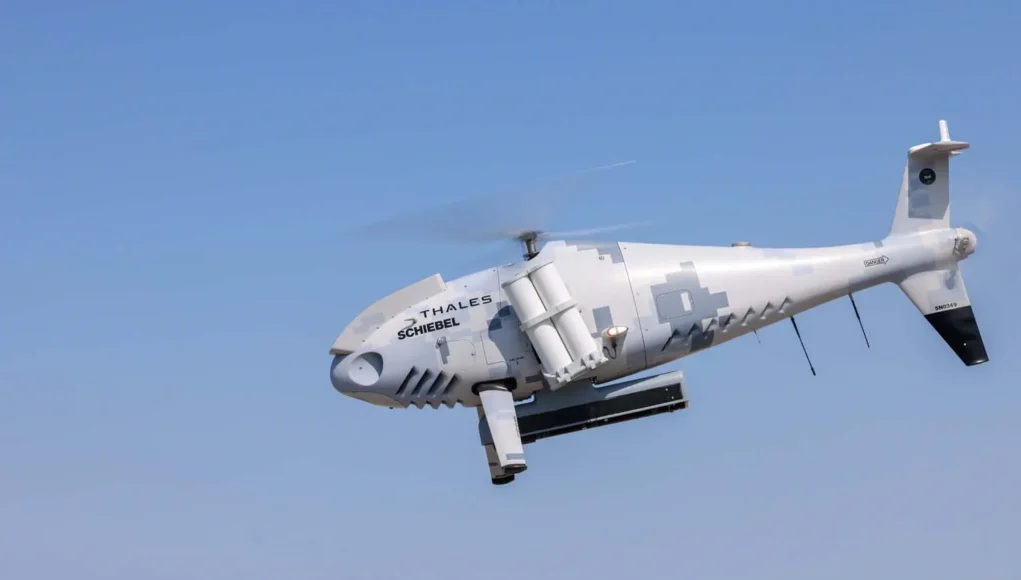



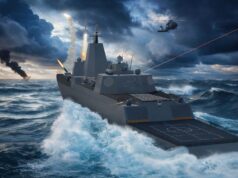
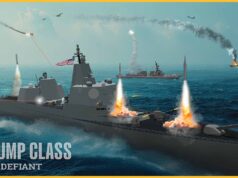

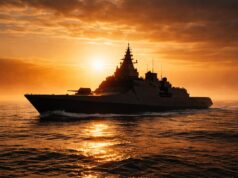

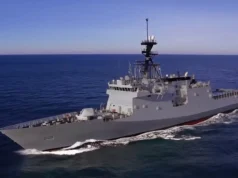
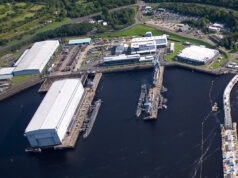

Thales were talking about testing the integration of the S-100 Camcopter into Tacticos at REPMUS, which bodes well for Peregrine on Type 31. As I recall, the RN paid for it to be integrated into BAE’s CMS. I wonder who paid for the Tacticos integration?
All depends if all they are doing is linking an API? If they are linking the sensors in then it could be pretty trivial. Flight controls are another matter…I’m not sure why they need to be CMS linked?
At some point they have to prove that this is a useful bolt on. So the first or easiest one may go first on the manufacturers dollar?
And there’s the bigger more capable S-300 available. Why is this not being trialled for the RN? It has more payload, longer range and higher ceiling and being used by the Korean and soon to be French navies. It might be good to do a live comparison with both S-100 & S-300, even to purchase both for mixed ops.
I was having a look around for more information on the Peregrine/Lancaster deal, and found an interesting interview from last year’s DSEI that also sheds light on the S-100/S-300 from Schiebel’s POV.
Search Defence Procurement International schiebel-qanda
I agree that the S-300 looks really interesting. Schiebel’s marketing info says that the S-100 and S-300 use the same ground station so at least some of the evaluation/training/integration outputs from the Royal Navy S-100 activities ongoing and planned, those relating to hosting/operating/integrating the ground station itself on RN vessels, could feed straight into any follow on S-300 projects and hopefully give any such projects a good head start.
I’m really encouraged and excited to see S-100 activity ongoing but I’ll be doubly excited if/when S-300 also gets thrown into the mix.
About 8 years after China used this drone from one of their Warships.
Better late then never.
A drone for the rivers would enhance their capabilities and anything that can save helicopter flying time can’t be bad.
Yes but it needs to have capability to be armed. Martlett would be a good option.
It has been previously mocked up showing with 2x Martlet. Sea Venom would be good too.
There’s no chance such a small drone could carry a sea venom, maybe a Brimstone could fit at a push.
I think the ASW trials will be the most important. The NATO ASW barriers will be an interesting addition to capability, not only because they will provide underwater ISR, but they will pave the way for drone peer communication standards within the alliance, and that’s the basis of heterogeneous swarming.
As these are used by China and Russia I’d be fascinated to know how they intend to mitigate the issues that brings up. Is there entirely new sovereign systems built in or are the RN using the same software, frequencies etc as the Chinese Navy?? It is very noticeable that the Australians have dropped this drone from their trials squadron this year…